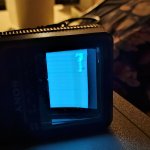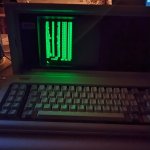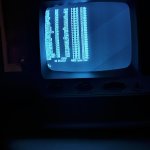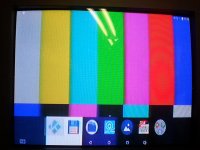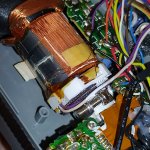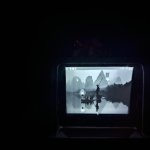CompaqSniffer
Experienced Member
Hello, I have a Sony watchman FD-10A I recently got from an antique store and composite modded. Despite performing a pretty decent composite mod, and completely repairing the ribbon cable I ripped for the neck board, I still can't do one thing...
WHY IS THERE NO VERTICAL ADJUSTMENT!!!!!??????
They had the guts to put in the vertical stretch, but there's no vertical adjustment. I can't move the entire image up!!! I've tried every POT on this thing, and nothing is working. I've tried replacing suspicious CAPS and nothing is working. I'm tempted to just start pulling every cap off the board. The only thing stopping me is that I don't have any replacement caps on hand. Am I missing something? Is something broken? Is there something wrong with my PI? I've hooked up my PI to two external monitors and it displays fine, so maybe it's not the PI. I've looked at the schematic, but the schematic I have is for the FD-10E, which is slightly different than the 10A. There's no "vertical hold" (I think that's what it's called) on the schematic for the 10E. Does anyone have any experience with these watchmans? I could use a little help before I break it by accident. I'm trying to make a pip-boy with an actual CRT if anyone wants to know what my plan is for this thing.
This is before the composite mod:
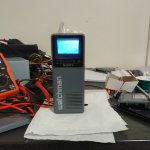
This is after the composite mod (ignore the tilt I was trying to adjust it. This is just a random YouTube video.):
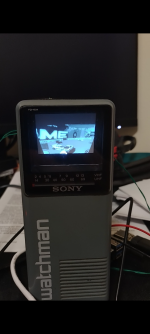
Here's the wiring (I eventually took the tuner chip out, but I left it in at first):
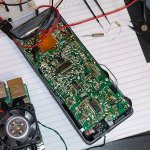
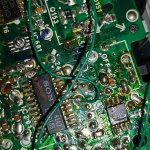
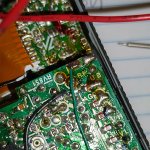
Here's a voltage regulator circuit my professor helped me make so I can power this thing on 6v from the 12v rail of a PC power supply:
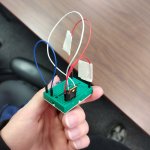
Finished mod:
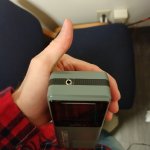
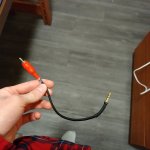
Current state:
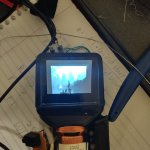
Bonus image of me testing my composite modded raspberry pi-5 on a known working monitor:

I plan on reinstalling Arch once I get everything in order. I accidentally deleted my partition on my SD card trying to hack my modded switch.
WHY IS THERE NO VERTICAL ADJUSTMENT!!!!!??????
They had the guts to put in the vertical stretch, but there's no vertical adjustment. I can't move the entire image up!!! I've tried every POT on this thing, and nothing is working. I've tried replacing suspicious CAPS and nothing is working. I'm tempted to just start pulling every cap off the board. The only thing stopping me is that I don't have any replacement caps on hand. Am I missing something? Is something broken? Is there something wrong with my PI? I've hooked up my PI to two external monitors and it displays fine, so maybe it's not the PI. I've looked at the schematic, but the schematic I have is for the FD-10E, which is slightly different than the 10A. There's no "vertical hold" (I think that's what it's called) on the schematic for the 10E. Does anyone have any experience with these watchmans? I could use a little help before I break it by accident. I'm trying to make a pip-boy with an actual CRT if anyone wants to know what my plan is for this thing.
This is before the composite mod:

This is after the composite mod (ignore the tilt I was trying to adjust it. This is just a random YouTube video.):

Here's the wiring (I eventually took the tuner chip out, but I left it in at first):



Here's a voltage regulator circuit my professor helped me make so I can power this thing on 6v from the 12v rail of a PC power supply:

Finished mod:


Current state:

Bonus image of me testing my composite modded raspberry pi-5 on a known working monitor:

I plan on reinstalling Arch once I get everything in order. I accidentally deleted my partition on my SD card trying to hack my modded switch.


